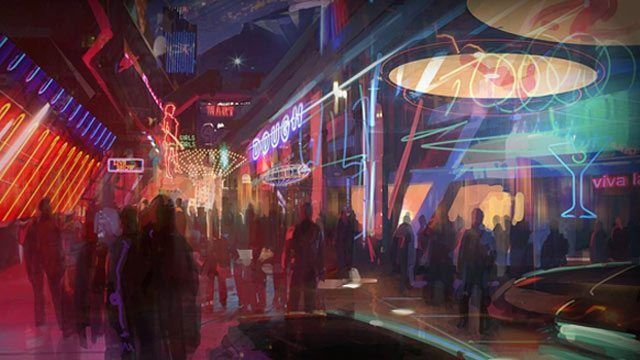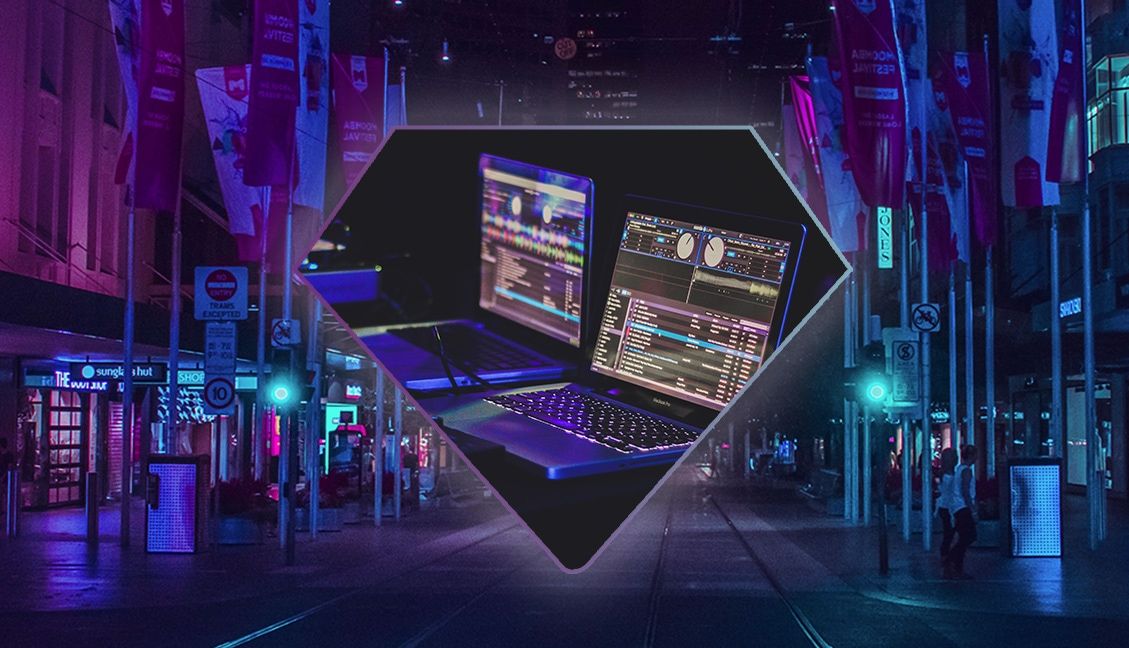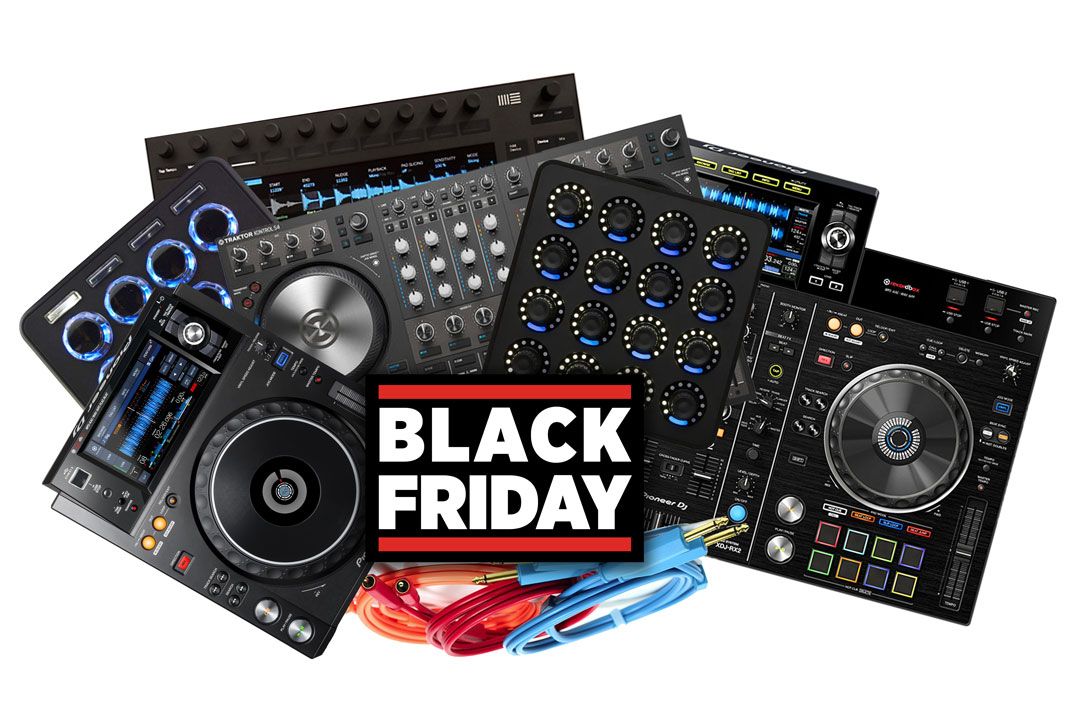Imagine this scenario: You walk into a club, swiping your phone at the door to check-in and update the promoters on your listening tastes. After a few drinks – an amazing new song comes on and the crowd rushes to the floor – sensors pick up the shift in energy and a similar track is seamlessly mixed in. Somehow, seemingly improbably – many of your favorite tracks keep dropping, each one better than the last – blended together perfectly in time with the lighting and visuals. The amazing part? There was not a DJ in sight.
Everything that happened on my future dance floor was thanks to highly intelligent sensors, automated mixing technology, and smart social integration. None of this is terribly far-fetched, and many of the requirements are already in the market. The only thing holding us back from Mix Master Cloud is a company that brings them together in a cohesive way. My prediction? If this happens successfully, your average local club may never hire a regular DJ again.
Now, before you head straight to the comments and give us a piece of your mind, let me go into a little more detail about each area of technology and what would be required:
1) Check-Ins At The Door – Tracking Personal Tastes

As more payment systems go mobile, giving you all the access of a bank account from a tap of your phone, paying for your drinks without talking to the bartender or getting privileged access to the VIP room doors is becoming a reality. Mobile payments are already here in the form of Near Field Communications (NFC) cell phone detection – and will start to become more prominent as major mobile phone payment company ISIS (backed by AT&T, T-Mobile, and Verizion) is launching across the US in late 2013.
In a similar vein, Square Wallet is a great example of proximity detecting and personal payments. If you presently walk into a Square enabled shop and have their app installed, making a payment is nearly instantaneous and requires no plastic or paper of any kind.
Euclid is one interesting example that tracks any mobile device in a business and provides information (without requiring permission) about:
- How often do people come back?
- How long do they stay in one area?
- Where are people congregating?
2) Sensors That Know What’s Up In The Club – Learning Energy Changes

Facial recognition sensors are already here and in regular use. As costs come down and privacy concerns lessen – it’s plausible that business may be able to afford them. Combine “who is on the dance floor?” with “what do they like to listen to?” and you now have more info than any DJ ever did.
A company called Uniqul is already associating payment information with facial recognition – allowing a customer to nod to a camera and authorize a charge to your credit card. If paying-by-face becomes accepted, surely musical taste would be even easier to associate with their face than their savings accounts?
Smart software connected to in-room sensors could easily determine what songs are making the crowd go off and which ones are cooling it down. Many DJs barely look up from their computer screen while peforming, let alone objectively analyze what songs are working well on the floor, so a computer could easily come in ahead on this one.
One great example of using sensor technology to derive detailed information from a person are the new wave of iPhone sleep apps. These clever engineers have used your phone’s microphone to track breathing patterns amplified by the common mattress. This allows the app to determine and report on reasonable sleep cycles including REM state and wake times. It’s not that far fetched to imagine seeing similar motion sensors employed on the dance floor to track the “cohesion” to the playing song. This SHOJI Japanese concept gadget already tracks a room’s light levels, temperature, humidity, and even the movement of the people inside of it.
3) Auto-Mixing Technology – Understanding The Music

This is one area where we need to see a lot of development, but the main problem here is focus, not know-how. DJ software today has relatively decent auto-mixing but we are still a long way off from replacing a real live DJ.
Why? The existing companies don’t exactly want to replace their core user base with great automation that is sold to a much smaller market. Supposing someone wanted to really nail automating DJing – how hard would it actually be?
The easy part:
- Using analysis to determine the most “mixable” parts of songs
- Setting more reliable beatgrids and BPMs
- Knowing key clashes and good beat matches in advance
- Understanding what songs “go better together”
The really hard part:
- Mixing different tempos well
- Using song analysis to determine the chorus, verse, and overall song structure.
- Tracking dance floor energy levels to figure out when to get out of song quickly
- Writing good algorithms that can accurately understand and respond to what is possibly one of the more chaotic and random behavioral sets on the planet: people’s taste.
Some powerful existing tech:
- Pioneer, the established paradigm for in-club installs already built their advanced MIXTRAX automix technology into an iPhone application and a car receiver – why not just replace the DJ in the club next?
- Pandora and Echonest both track “musical DNA”, massive metadata repositories with detailed characteristics of most songs.
4) Music Services For Clubs: Reliably Streaming The Right Songs
These already exist to some degree, and they deal with the licensing issues, but they would need to be re-calibrated to work with the auto mix software. With all of the major players now set on making music in the cloud a viable business model for artists and consumers, it’s safe to say that we will have a fully cloud-based music system that our hypothetical “Mix Master Cloud” will draw from.
For just $25 a month, businesses right now can install a box that plays off of Pandora’s massive musical cloud, and includes all of the proper licencing needed to play in a business setting.
THE BIG FACE-OFF

Ok, so technically it’s not too far-fetched, but what about the DJ? Doesn’t he/she provide something special, intangible and unique that a computer cannot?
DJ Advantages:
- Understands the subtle nuances of what’s hot and what’s not; what should be played and when. These are a lot of complex concepts which would be really hard to program a computer with.
- The human DJ can respond rapidly to changes in the environment and adapt quickly, while computers are much slower at learning.
- Your local DJ is an artist and it would break my heart to see them replaced with a computer.
DJ Disadvantages:
- DJs sometimes have their own agendas, while many club owners just want to make fans happy.
- The average DJ, while paid too little and generally treated poorly, are very expensive compared to a premium streaming service.
- Humans are unreliable. We get drunk, show up late and sometimes go home with the bartenders. If computers ever do this you should all be really scared.
SMALL REALITY CHECK

Did you know that our brain still trumps any computer by a significant magnitude? The fact is that countless years of development has resulted in a information processing machine that is exceptional in its ability to make complex decisions. Here is how the latest super computers face up to our old grey matter:
It took the Fujitsu-built K about 40 minutes to complete a simulation of one second of neuronal network activity in real time, according to Japanese research institute RIKEN, which runs the machine.
The simulation harnessed the power of 82,944 processors on the K computer, which is now ranked fourth on the biannual international Top500 supercomputer standings (China’s Tianhe-2 is the fastest now).
Each synapse between excitatory neurons had 24 bytes of memory for greater accuracy. The simulation ran on open-source NEST software and had about 1 petabyte of main memory, which is roughly equal to the memory of 250,000 PCs”
THE HUMAN TOUCH

Personally I don’t want to see it happen, but folks, we may need to wake up and smell the silicon. It’s not IF many DJs will be replaced by automation, but WHEN and by how much. The engineering of this technology will fare well, but the blue collar wax slinger of yore may just become another tale told around digital campfires, long into the future.
There may be one simple reason though why most dance floors will always have a “DJ”, even if they don’t need one. Modern commercial jets flying to modern commercial airports don’t actually need a pilot to successfully complete the journey – but would anyone actually get on a plane without a human pilot in the front? We may see a future where DJs are just paid popularity symbols that stand on stage and hype up the crowd with champagne blasts, and fist pumps. Wait a minute, what year are we in…..?
Finally, we can all agree that there is something magical when people interact with each other through music. These days it seems like music technology, not to mention VIP ropes and giant stages, have been creating more separation than connection. Perhaps there is some way in which we can leverage these advances to harness the best of both worlds. Computer learning could reveal deep information about our environment, while human control and insight provides the possibility for mistakes that make us – well human, and beautiful.






![Shiftee Routine on A-Trak’s Short Cuts Series [video]](https://s11234.pcdn.co/wp-content/uploads/2013/08/SHIFTEE-short-cuts.jpg.optimal.jpg)



